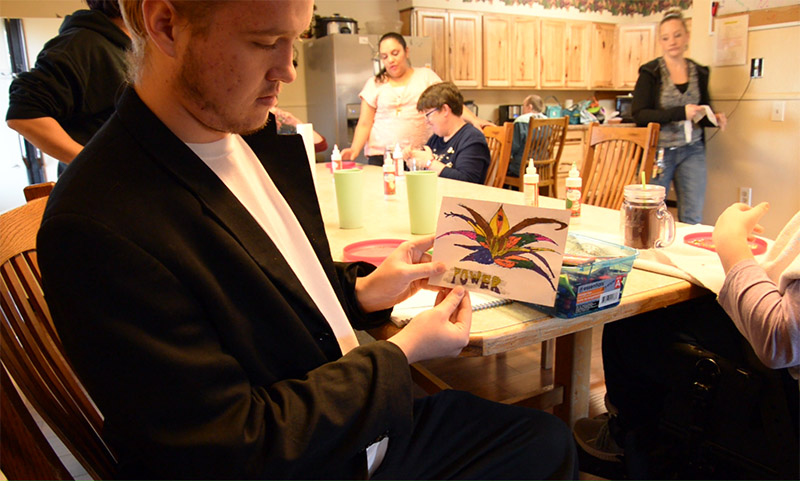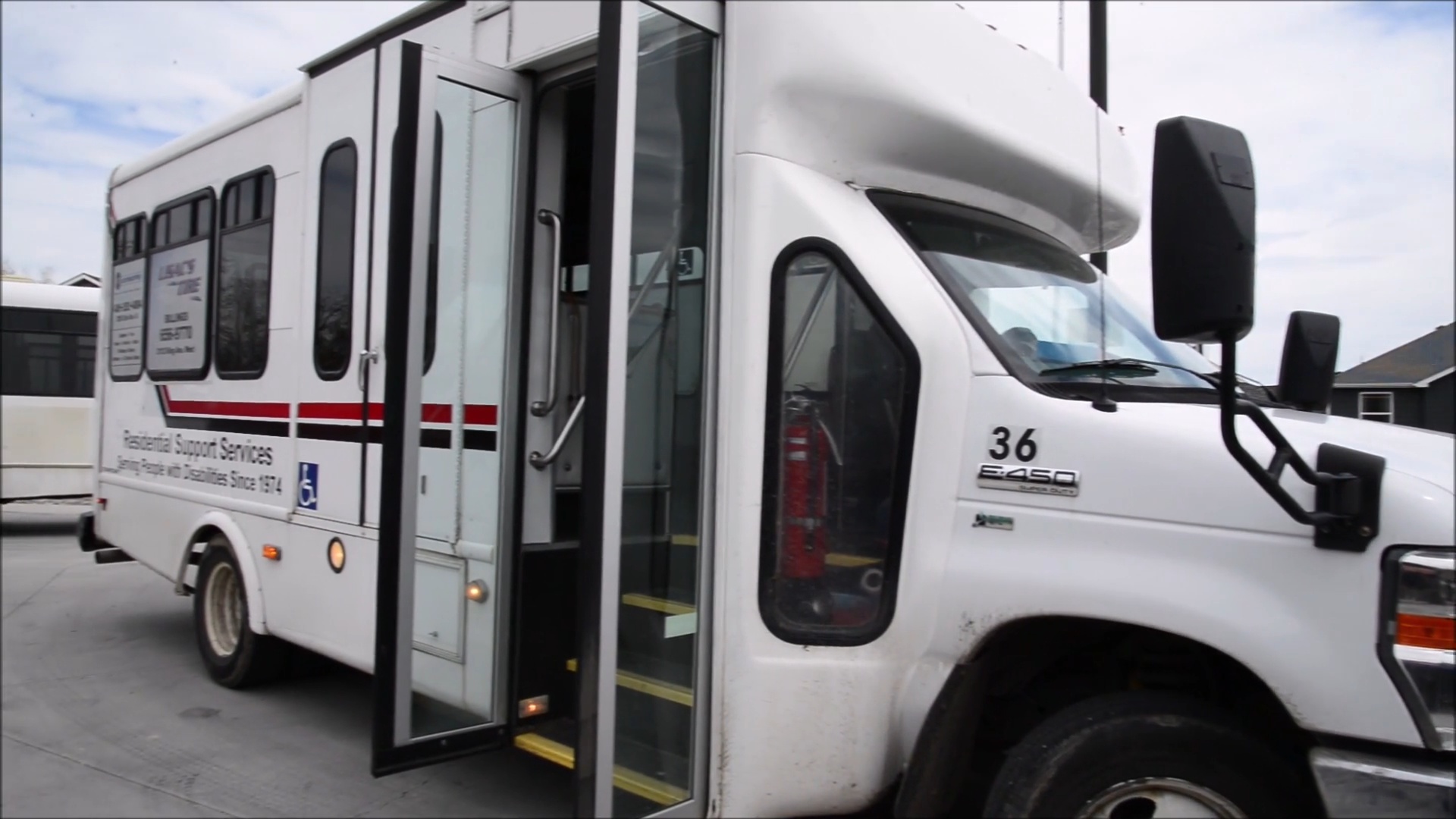There may come a point in time when a higher level of care is necessary for adults with primary psychiatric illnesses. Most clinicians are familiar with the indications that their patients may require hospitalization, but many of us need to be more aware of when there is an inability to provide adequate self-care for individuals. For example, a patient may benefit from a treatment setting that is more intensive than regular out patient settings, but much less restrictive than inpatient hospitalization.
Let’s take a look at when it may be time to consider an adult residential facility.
First of all, there are really no formal guidelines for when it is time to establish adult residential treatment. There is no ‘one-size-fits-all’ plan. Many times patients will enter residential treatment care during crisis situations or any time their needs are too intense to be managed by the regular outpatient treatment that they are used to receiving. Patients will also be referred to residential facilities after a time of inpatient hospitalization.
The important thing to remember is that this will vary from patient to patient.
 After hospitalization, a patient may remain too impaired to live independently, even though they are not necessarily a danger to themselves or others. In such cases, it may be prudent for a patient to spend periods of recovery time in a residential care facility and it may not be on a permanent basis. This is referred to as a step-down strategy. For example, a person recovering from a first episode of mania, could require more supervised time for psychosocial adjustment, as well as treatment planning. Such a case could find a benefit in a step-down strategy where they enter a residential treatment facility for a period of time and then move back onto their own at a later date.
After hospitalization, a patient may remain too impaired to live independently, even though they are not necessarily a danger to themselves or others. In such cases, it may be prudent for a patient to spend periods of recovery time in a residential care facility and it may not be on a permanent basis. This is referred to as a step-down strategy. For example, a person recovering from a first episode of mania, could require more supervised time for psychosocial adjustment, as well as treatment planning. Such a case could find a benefit in a step-down strategy where they enter a residential treatment facility for a period of time and then move back onto their own at a later date.
Sometimes patients who are going through a psychosocial recovery brought on by an exacerbation of mental illness, will also have physical disabilities as well. Cerebral palsy would be a common example in such a case. A patient such as this may have a referral that originates from a outpatient clinician. These people may share the following attributes:
- The outpatient treatment facility has failed to contain the symptoms or the impairments that accompany a patient’s mental health condition. This is usually seen by an increase in the intensity or the frequency of visits to the outpatient facility. In these cases the contacts have not served to stem the tide of dysfunction and distress.
- Emotional resources for a patient have become depleted or completely drained. This would include anyone from psychotherapists to family systems and friends. Sometimes these resources may have become depleted for reasons that are entirely unrelated to the patient’s mental condition, such as a family member passing away etc. This can leave the patient with inadequate support networks that may even trigger psychosocial stressors. (Here are some examples of psychosocial stressors)
- There is simply no clear need for inpatient hospitalization.
- Diagnostic ambiguities may exist that can benefit from or be solved by round the clock behavioral monitoring in a controlled environment. This can help determine whether a behavioral issue is caused by a mood disorder or a concealed substance abuse.
- Safety issues exist for the patient. These issues may include eating disorders, substance abuse, and other self-injurious behaviors. These issues can benefit by 24 monitoring.
 Once you have made the determination that an adult residential facility may be necessary, steps need to be taken to determine which facility will match up best with the patient. The match between the facilities offered by the residence and the patient are often crucial for optimizing the chances of a favorable outcome. There are many, many, choices that exist and are advertised across the nation. It can be quite confusing to wade through all the possible choices that may be present in any given area.
Once you have made the determination that an adult residential facility may be necessary, steps need to be taken to determine which facility will match up best with the patient. The match between the facilities offered by the residence and the patient are often crucial for optimizing the chances of a favorable outcome. There are many, many, choices that exist and are advertised across the nation. It can be quite confusing to wade through all the possible choices that may be present in any given area.
Residential facilities can vary widely in their goals. Their treatment programs are different, as are their treatment settings. Some patients may gravitate towards smaller, six-bed type facilities that are housed within a single residence, and some may benefit from facilities with much larger campuses. Not only to the treatment centers themselves wide vary, but the expected, (or typical) length of stay can vary greatly. Some are much better suited for longer stays and some specialize in shorter- term stays. Some will recommend a stay of 1-3 months and there are others that may provide a stay of 6 months to several years. It is most times necessary to do some research and pre-quality a facility before choosing which one will benefit the patient the most.
There is no standardized rating system for residential programs, so clients, as well as social workers will want to ask as many pertinent questions as possible before committing to a choice. The process of evaluating the various programs is complicated and extensive.
Most high quality residential facilities will have the following characteristics:
- Licensing or accreditation or both.
- Credentialed staff members.
- Capacity to increase staffing.
- Access to emergency or urgent care options.
- Outpatient therapists and treatment teams.
Planning for aftercare will usually take place soon after admission to an adult residential facility. Sometimes diagnostic clarification will need to be made first, but overall, aftercare processes should be planned for from the beginning. Outpatient therapists should be included in this process and can usually be accomplished by phone or email. In general, the patient should be ready to return to outpatient treatment following discharge from a residential facility. A minority of patients may elect to remain in contact with the therapist or clinician who treated them during their stay at the residency, but the majority do not.
Residential treatment exists as a higher level of care that is provided for patients who have a worsening clinical course and it is an extremely valuable option to consider the inpatient hospitalization is not warranted. Many times patients are well served by temporarily living in the same setting where they are receiving their treatment.
For more information on our services, contact us today!









